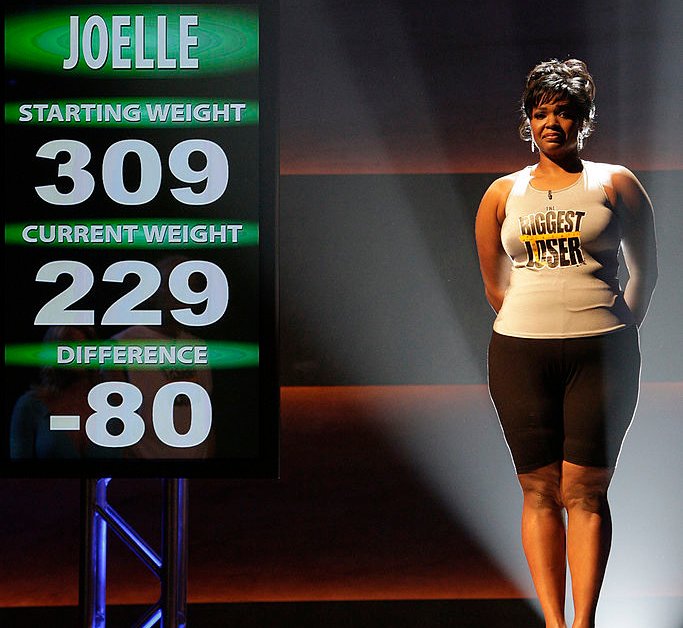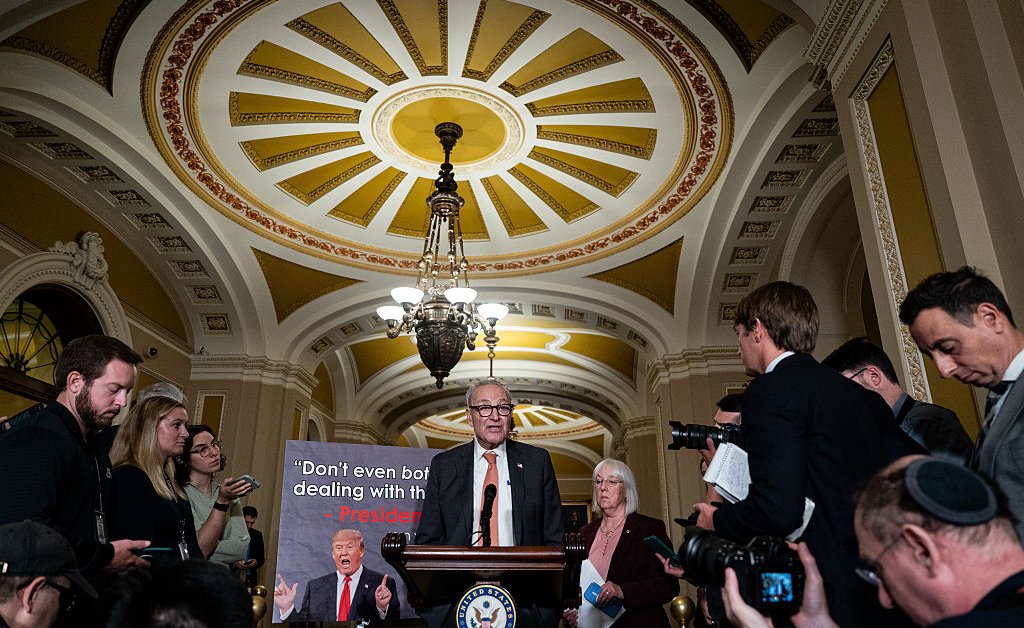In the new Netflix docuseries Fit for TV: The Reality of The Biggest Loser, former contestants weigh the pros and cons of participating in the hit reality show, which awarded a cash prize to the person who lost the most weight during each season. On air from 2004 to 2016—and again in 2020—the show often pushed contestants to their limits with extreme exercise stunts designed to create drama for a reality TV audience.
Over three episodes, producers open up about how they made an engaging TV show out of the seemingly mundane challenge of weight loss, while former contestants recall the physically grueling and often verbally intense nature of the fitness regimes they endured. Here’s a look at some of the most shocking details.
What drew contestants to The Biggest Loser
David Broome, a co-creator of The Biggest Loser, says in the docuseries that he got the idea for the show after seeing a desperate “help wanted” ad for a personal trainer to “save my life” on a bulletin board outside of a gym. Once the show was underway, producers searched for similarly desperate contestants.
“We were not looking for people who were overweight and happy,” says producer JD Roth. “We were looking for people who were overweight and unhappy.”
Ryan Benson, an avid reality TV fan who won Season 1’s grand prize of $250,000, knew he had to make a lifestyle change when he stopped getting roles as an actor because of his weight. Suzanne Mendonca, a Season 2 contestant, says she became obese when a car accident caused her to live a more sedentary lifestyle; when the show came along, she was looking to get her weight back on track. Joelle Gwynn, a Season 7 contestant, auditioned for the show after getting diagnosed with type II diabetes. Tracey Yukich, from Season 8, was struggling with infidelity in her marriage. “I thought that if I lost weight, my marriage would be fixed,” as she puts it.
Danny Cahill, who won the $250,000 grand prize on Season 8, was fed up after being teased about his weight since the third grade. When the show randomly came on TV at home, he watched and realized, “This was my one chance to save my life.”
The toughest moments on The Biggest Loser

The contestants were constantly surrounded by junk food, which many of them saw as cruel. Everyone has food cravings, Broome counters when the subject comes up: “I needed the show to be relatable to the rest of the world.”
Some of the contestants were forced to live on 800 calories a day. “Being sleep-deprived and hungry certainly makes it easier for people to get into fights, which would make for great TV,” says Jennifer Kerns, a Season 3 contestant who became a physician specializing in obesity.
Archival footage of the show depicts trainers screaming at contestants and contestants vomiting on treadmills and falling while trying to do workouts on parallel bars. Gwynn recalls thinking, “Are you trying to make me look like a loser?”

One of the trainers, Bob Harper, admits that he dished out a lot of tough love, but argues that was the nature of the show and that he was trying to make an entertaining show for viewers: “What’s more important for weight loss? We all know it’s diet, but that becomes boring television. You know what’s not boring television? To see us in a gym yelling and screaming. That’s inspirational. That’s good TV.”
The docuseries revisits a moment in the reality series when Yukich becomes dizzy midway through a 1-mile race on the beach. Her fellow contestants pick her up and drag her over the finish line, where she collapses. At the hospital, she is diagnosed with rhabdomyolysis, a muscle condition which can be life-threatening, and which can be caused by serious exercise. She recovers and stays on the show, more determined to succeed than ever. “I just cheated death,” she recalls feeling, during an interview in Fit for TV. “I didn’t die. It’s on.”
The Biggest Loser’s impact
Fit for TV features a 2016 study on 14 The Biggest Loser contestants, which found that all but one of them gained back the weight they had lost. Their metabolisms had actually slowed down. Four were heavier than they were at the beginning of the show.
While Cahill lost nearly 240 pounds to win The Biggest Loser, he had trouble keeping it off, weighing 340 pounds seven years after the show. He is one of the contestants featured in Fit for TV who wishes The Biggest Loser had provided care and resources for contestants after the show to help them keep the pounds off, such as a gym membership and counseling. But the show’s producers say that it’s unrealistic to expect a TV show to do that.
The series ends with contestants reflecting on how The Biggest Loser helped them start the process of losing weight—a moment when they started to take their weight-loss journeys seriously.
“I can do so many things that I couldn’t do before,” says Yukich. “If I hadn’t gone on the show and experienced everything that I did experience, I would have never had the strength to make some serious changes in my life.” She cites her new partner as one of those changes.
Gwynn argues that the show’s focus on dropping pounds quickly misses the point. “It’s not about how quickly you do it, but staying the course.” Fit For TV hits home the argument that while the show may have helped some contestants lose weight in the short term, its primary goal was always to entertain above all else.








